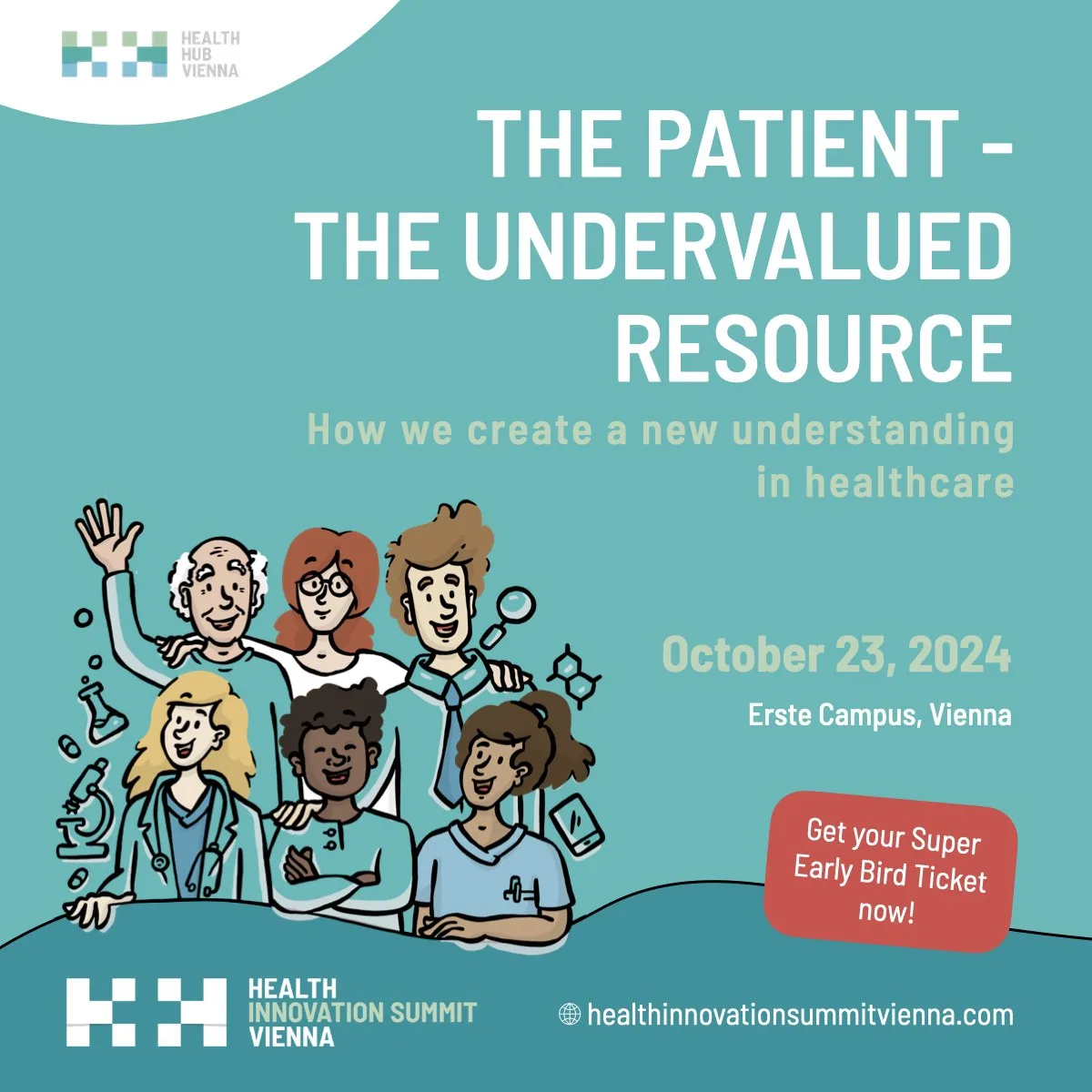Problems with an ageing population
Over the last 50 years, life expectancy has increased substantially globally [1], particularly in western regions, where access to healthcare services has equally gained traction. This trend of an ageing population is projected to continue in the coming century, with a predicted life expectancy of 92 years by 2065[2]. Additionally, the natality rates in central Europe and the number of healthcare workers are steadily decreasing [3]. These developments threaten to create bottlenecks in the context of elderly care. So, although people can live far beyond their retirement age, the outlook is heavy on HOW that time will look like. Who will take care of our elderly in the future and how much independence will they preserve? How can we ensure that seniors can follow their wish of wanting to stay in their own homes on their terms?
Obstacles in elderly care
Long-term home care has become very attractive for the elderly population, nonetheless many obstacles and challenges arise when it comes to offering an independent lifestyle, focused on the elderly’s well-being and inclusion. Some of the diseases that develop as you get older heavily impact the quality of life you can experience in your own home. Alzheimer’s or Parkinson’s disease are just two examples of illnesses that arise and bring misery to the lives of the elderly and caregivers [4]. Between 6 and 10% of the population will suffer from neurological or motoric damage that will impair their autonomy and this number increases with rising age [5].
The ongoing COVID-19 pandemic has furthermore highlighted the limitations of the current frameworks in caregiver services, demanding rapid developments. Many institutions have been opening the door to test technologies such as remote monitoring methods applied to seniors [6].
The big question now is, how the health industry will cope with these challenges by innovating and promoting digital health technologies. Entrepreneurs and Developers around the globe are working on ideas to grant the elderly access to the digital world while also insuring their well-being within their homes. This can be provided by e.g., improving the experience with user interfaces, or developing technologies that can assist in everyday tasks by making them easier or enhancing your abilities to do accomplish them.
Solution and mission
To tackle these mentioned challenges, we are now looking for start-ups who want to solve universal problems in elderly care creatively and innovatively. The ‘Elderrific ’21’ competition asks for the best technical solutions to support the elderly by offering prize money and access to crucial testing infrastructure. The goal is to strengthen the digital health market on the topic of elderly care, form connections to innovative founders and generally improve active ageing.
Signing up will be possible until the 13th of September. After the deadline, the best start-ups will be picked to participate in a pitch event!
Read more and sign up on https://www.sanusx.com/en/elderrific.
[1] J. C. Riley, “Estimates of Regional and Global Life Expectancy, 1800–2001,” Popul. Dev. Rev., vol. 31, no. 3, pp. 537–543, 2005, doi: 10.1111/j.1728-4457.2005.00083.x.
[2] F. Janssen, A. Bardoutsos, S. El Gewily, and J. De Beer, “Future life expectancy in Europe taking into account the impact of smoking, obesity, and alcohol,” eLife, vol. 10, p. e66590, Jul. 2021, doi: 10.7554/eLife.66590.
[3] “Statistics | Eurostat.” https://ec.europa.eu/eurostat/databrowser/view/demo_gind/default/table?lang=en (accessed Aug. 17, 2021).
[4] J. Hardy, “A Hundred Years of Alzheimer’s Disease Research,” Neuron, vol. 52, no. 1, pp. 3–13, Oct. 2006, doi: 10.1016/j.neuron.2006.09.016.
[5] C. Berr, J. Wancata, and K. Ritchie, “Prevalence of dementia in the elderly in Europe,” Eur. Neuropsychopharmacol., vol. 15, no. 4, pp. 463–471, Aug. 2005, doi: 10.1016/j.euroneuro.2005.04.003.
[6] C. L. Downey, S. Chapman, R. Randell, J. M. Brown, and D. G. Jayne, “The impact of continuous versus intermittent vital signs monitoring in hospitals: A systematic review and narrative synthesis,” Int. J. Nurs. Stud., vol. 84, pp. 19–27, Aug. 2018, doi: 10.1016/j.ijnurstu.2018.04.013.



